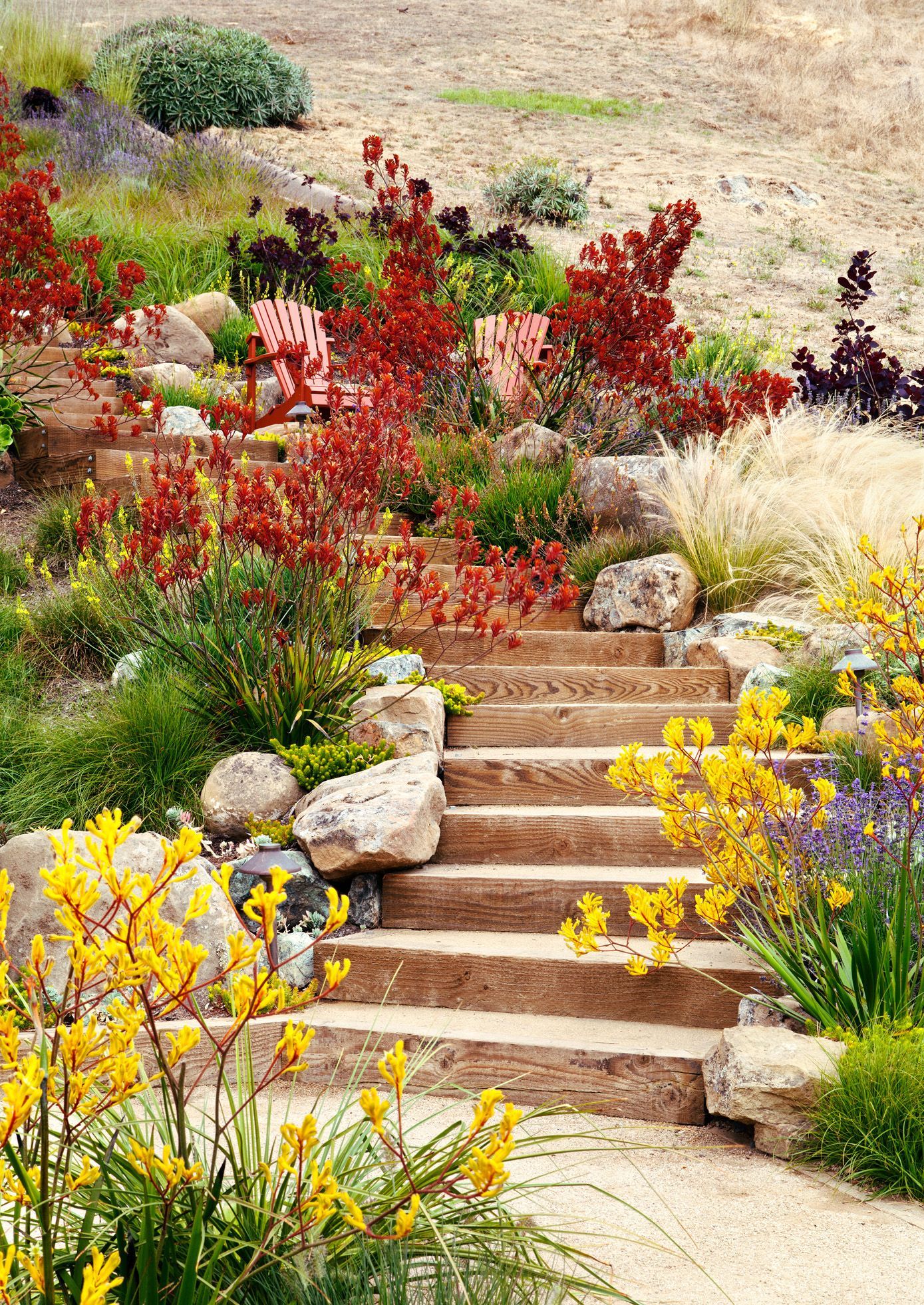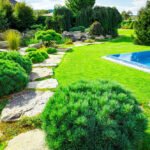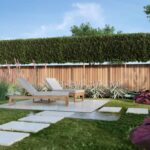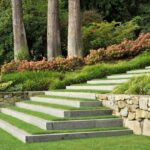Garden design landscape is an art form that blends nature and human creativity to create beautiful outdoor spaces. It involves the careful planning and arrangement of plants, hardscape elements, and other features to create a harmonious and visually appealing environment. A well-designed garden can enhance the beauty of a property, increase its value, and provide a peaceful retreat for its owners.
One of the key principles of garden design landscape is balance. A balanced garden has a pleasing symmetry and composition, with a careful distribution of plants, pathways, and other elements. This can be achieved through the use of different colors, textures, and shapes, as well as the careful placement of focal points such as statues, water features, or seating areas. A well-balanced garden will feel cohesive and harmonious, inviting visitors to explore and enjoy its beauty.
Another important aspect of garden design landscape is scale and proportion. A garden that is too large or too small for its surroundings can feel out of place and unbalanced. It is important to consider the size of the property, the scale of the surrounding buildings, and the desired function of the garden when planning its design. By carefully considering these factors, a garden designer can create a space that feels appropriately sized and proportioned for its location.
In addition to balance and scale, unity is another key principle of garden design landscape. A unified garden has a sense of coherence and continuity, with a consistent theme or style that ties the various elements together. This can be achieved through the use of a cohesive color palette, repeating patterns or shapes, or a consistent design motif. By creating a sense of unity in the garden, a designer can create a space that feels cohesive and harmonious, inviting visitors to explore and enjoy its beauty.
Texture is also an important consideration in garden design landscape. The use of different textures, such as smooth stone, rough bark, or soft foliage, can add visual interest and depth to a garden. By incorporating a variety of textures, a designer can create a garden that feels rich and layered, with different elements that draw the eye and create a sense of depth. Texture can also be used to create contrast and highlight certain features, such as a smooth stone pathway against a backdrop of lush foliage.
Overall, garden design landscape is a complex and multifaceted art form that requires careful planning, creativity, and attention to detail. By considering principles such as balance, scale, unity, and texture, a designer can create a garden that is not only beautiful and visually appealing but also functional and harmonious. A well-designed garden can enhance the beauty of a property, provide a peaceful retreat for its owners, and bring joy and inspiration to all who visit it.













